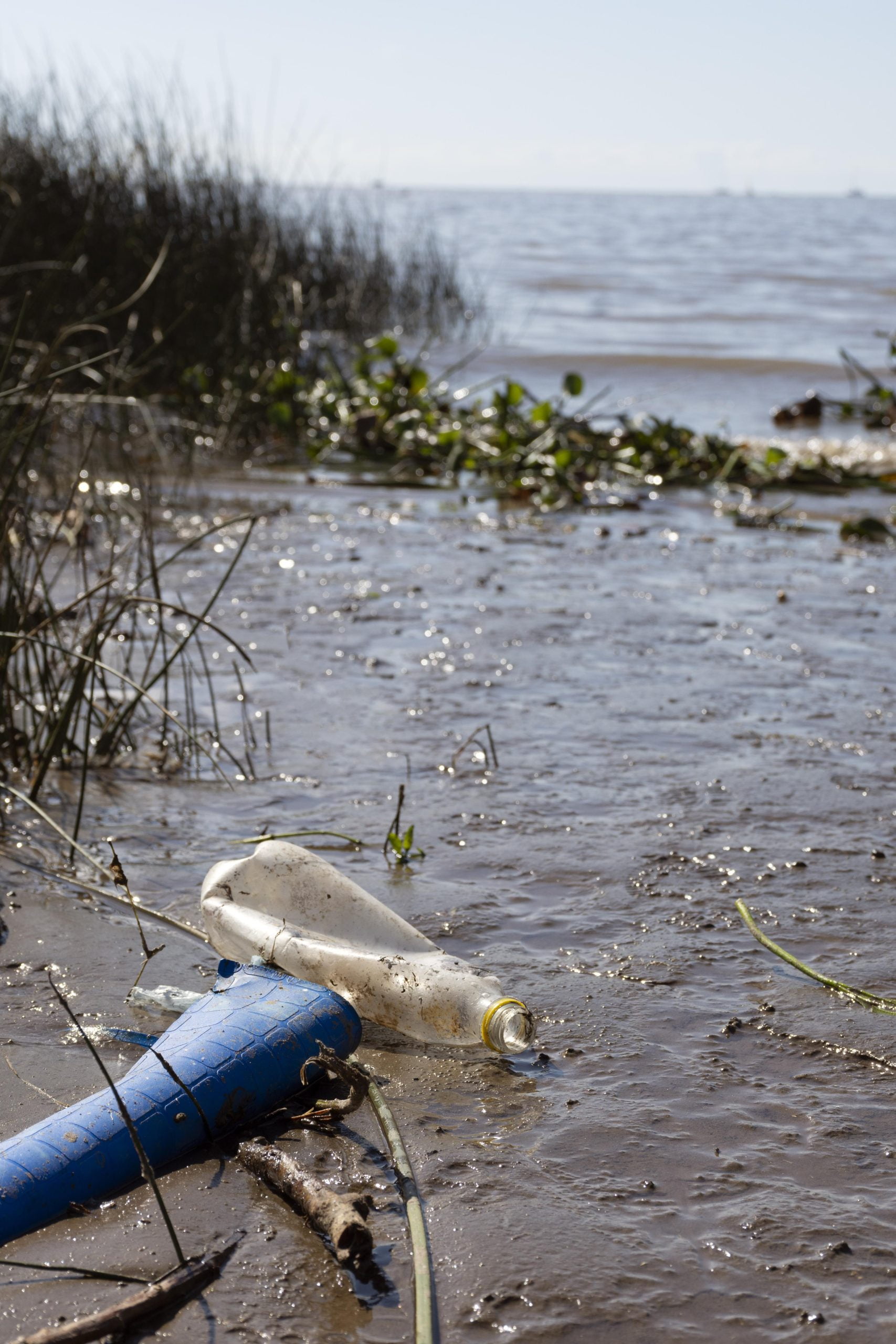
Investigating how the rainfall and temperature patterns change in urban and rural water sources and providing solutions for the optimal management of these changes.
Climate changes have wide-ranging effects on water resources, which directly and indirectly affect human life, especially drinking water supply, agriculture, industry, and many aspects of daily life. These changes include changes in the pattern of rainfall, increase in temperature, decrease in the number of rainy days, increase in droughts and other climate changes.
One of the main effects of climate change on water resources is the reduction of fresh water resources. With the increase in temperature, the melting of polar and mountain ice increases, which leads to an increase in the volume of sea water and an increase in the sea water level. This can lead to infiltration of salt water into underground and surface fresh water sources, which causes serious problems for drinking water supply and irrigation.
In addition, climate changes can lead to changes in rainfall patterns and water distribution in different regions of the world. Some areas will face more stress on fresh water resources and the risk of water shortage will increase in these areas. On the other hand, some areas will face more heavy rains and more floods, which will increase the need to manage water resources.
In general, climate changes on water resources indicate the importance of preventive and appropriate management measures. This includes the implementation of sustainable water resource management policies, increasing the efficiency of water use, preserving watersheds and promoting the use of renewable water resources. Actions like this can help preserve water resources and provide water sustainably for future generations.
